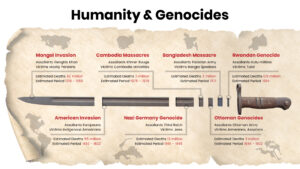By 2030, some 70 percent of companies might have adopted at least one type of Artificial Intelligence (AI) technology but that less than half will have fully absorbed the five broad categories of AI: computer vision, natural language, virtual assistants, robotic process automation, and advanced machine learning.
The pattern of adoption and full absorption might be relatively rapid—at the high end of what has been observed with other technologies, according to McKinsey Global Institute.
Companies will likely use these tools to varying degrees. Some will take an opportunistic approach, testing only one technology and piloting it in a specific function (an approach our modeling calls adoption). Others might be bolder, adopting all five and then absorbing them across the entire organization (an approach we call full absorption). In between these two poles, there will be many companies at different stages of adoption; the model also captures this partial impact, McKinsey said.
In the Middle East and North Africa region, Dubai is leading in AI adoption and use. TRENDS take a look at some AI developments and indicators in the MENA region:








